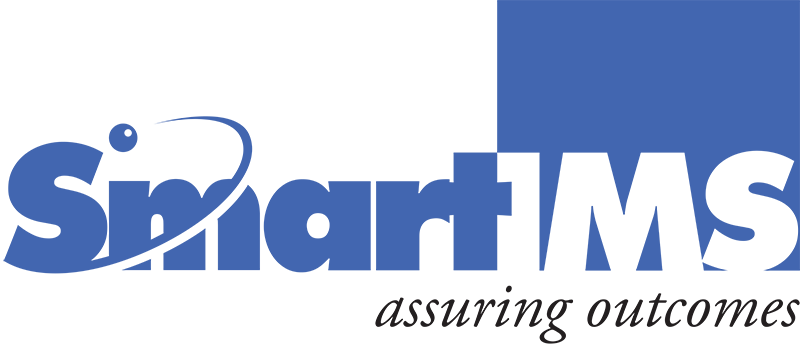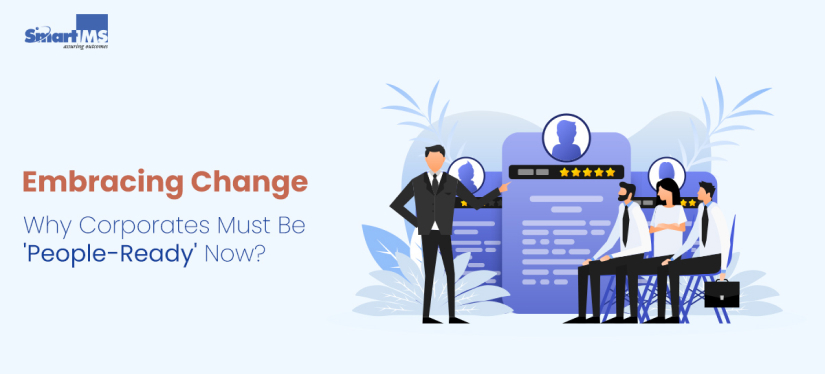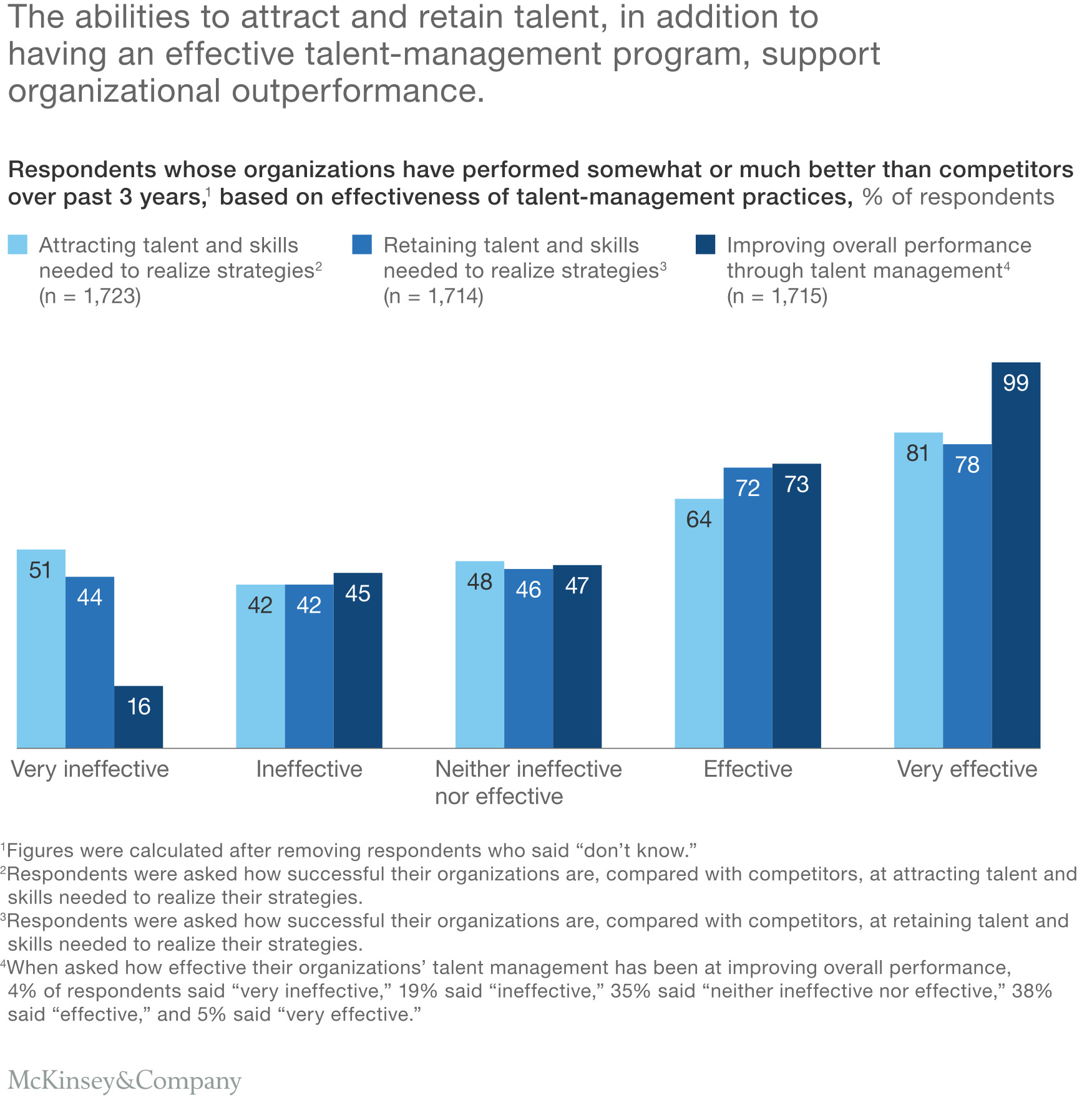The definitive principles that underlie a “People-Ready” business were articulated nearly two decades ago by Jeff Raikes, Co-founder of Raikes Foundation. A major part of his definition remains relevant to the central thesis of this blog. Paraphrased, Raikes emphasizes that a “People-Ready” business prioritizes individuals as the primary driving force for attaining crucial business objectives. People supersede processes and systems within the organization, hence empowering the people within the organization empowers the organization itself.
The People-Ready business concept highlights how organizations can leverage their biggest asset – people in the ever-changing tides of business. I’ve highlighted the most prominent and well-grounded strategies/ practices that organizations can implement to foster sustainable business outcomes to meet the volatile nature of the global economy and stand true to its people against controllable odds.
Objective assessment of Potential:
It is the forward-looking assessment of an employee’s capabilities within an organization. Unlike performance ratings, which evaluate past accomplishments and behaviors, potential ratings focus on an employee’s ability, self-will, and passion to take on bigger roles or succeed at higher levels within the company. It’s important to note that high performers aren’t always high potential, as the skills required for leadership or larger responsibilities may differ.

Image Source: https://blog.trginternational.com/hubfs/efficiency.jpg
Recognizing talent, helping it grow, and keeping it around is key to making a company successful. Using different kinds of tests, like ones that look at behavior or skills, can give an employer insight into how employees in the organization think and act. By figuring out who has higher potential, we can make sure that there is fair recognition of potential future leaders. The Potential Rating system enhances employees’ career development while assisting employers in identifying and leveraging existing potential for elevated roles within the organization ensuring long-term posterity of business.
Continuous Learning Culture:
The workplace, in actual sense, may be considered as an enriching avenue of learning after formal education ends. The decision to internalize the learning, whether direct or indirect, is however left to the individual. Learning is the ongoing process of expanding one’s knowledge and skills in a professional setting, it involves acquiring new abilities and reinforcing existing ones. Continuous learning can take various forms, such as formal courses, observing/ shadowing experienced colleagues, seeking help with unfamiliar projects/ topics, exploring alternative work methods, or studying independently. In the workplace, continuous learning initiatives increase employee engagement and job satisfaction, and ensure the organization remains competitive.

ImageSource:https://elearningindustry.com/wpcontent/uploads/2021/05/shutterstock_1297466617.png
According to an article by Deloitte, companies fostering a robust learning culture experience 30% to 50% higher engagement and retention rates. Just like continuous learning in AI, wherein machine learning models are updated and refined to adapt to changing data patterns and improve performance over time – a reflection of learning and growth pattern observed in humans. Both AI and humans demonstrate the capacity for ongoing learning and refinement, leading to improved performance and adaptation to changing circumstances, it’s just a matter of providing the right environment.
Evaluation of Criticality:
This process typically evaluates the significance and associated risk of assets within an organization and people are the organization’s most valuable assets. It’s a crucial part of resource allocation and risk management, as it helps prioritize efforts based on the criticality of roles that employees take on within the organization.

Image Source: https://www.aihr.com/wp-content/uploads/Graphic-Rating-Scale-1000×553-1.png
The stakeholder can evaluate the criticality of an employee based on how vital she/ he is to the seamless functioning of a project and then provide a criticality score to the employee on a preferred and customized scale acceptable within organization’s standards. Knowing the criticality of the employee helps the employer put measures in place to engage and retain talent that ensures business sustenance and tangible reductions in role redundancies.
Talent Management:
A business can have the most radical ideas that could change the face of the field(s) that it dabbles in, yet the human capital of the company is what determines how well the ideas are taken to closure. The core system of Talent Management practices revolves around recognizing/ attracting, retaining, and developing employees within the organization. According to a survey done by McKinsey & Company in 2018, organizations that outperformed their competitors were the ones with most effective talent management practices.
Best talent management strategies include but are not limited to recruiting the right candidates with well-established talent identification practices, monitoring employee life cycle for an enhanced and positive experience, ensuring fair compensation, providing a learning environment that flourishes individual career development beyond the boundaries of organization’s scope, evolution of employee engagement practices that put people’s physical and mental health first over momentary attention grabs. Establishing a harmony between employee preferences and organizational goals is the key to good talent management practices.
Succession Planning:
A crucial practice that is primarily interlinked with Potential Rating and Talent Management. This is a strategic process that helps companies identify key positions and prepare high-performing and high-potential individuals for these roles, ensuring smooth leadership transitions. It goes beyond finding replacements, considering the overall impact of vacancies or poor hiring decisions. The goal is to equip successors with necessary skills through customized development plans – to ensure readiness to the identified future roles.
Succession planning is crucial for long-term success, mitigating talent gaps, minimizing disruptions, fostering a culture of growth, and ensuring continuity during times of change. It involves identifying critical roles, establishing criteria for potential successors, assessing the talent pool, and focusing on skill development.
A conclusive stance argues that any strategies would fail to function without well-set and customized processes, consistent workflows, and trackable progress – most importantly the passion to be future-ready. Being “People-ready” is not only focusing on implementation of tried-and-true approaches but it’s about navigating through the pathways that position and reinforce people as the greatest assets of the company – ready to face challenges of today and uncertainties of tomorrow, in turn strengthening the vision of the company.


 Image source:
Image source: 